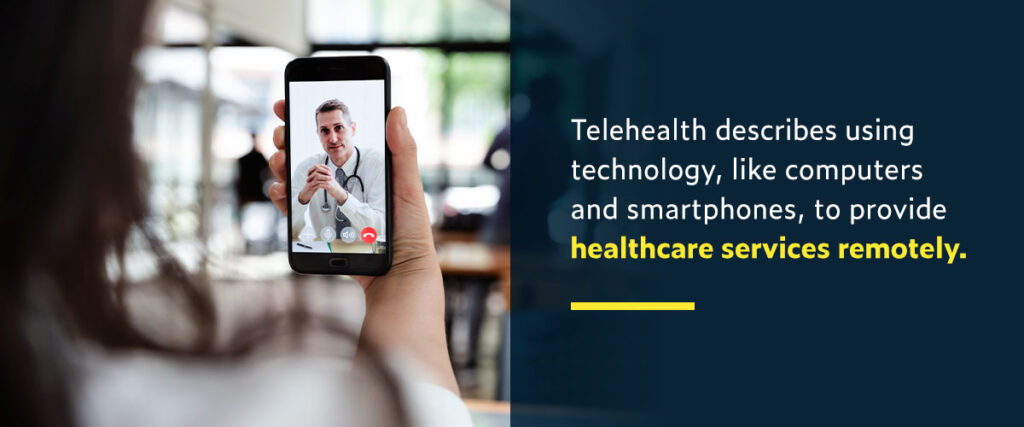Subscription Based Healthcare: Changing the Way We Consider Health
The Surge of Subscription-Based Health Care and Its Effect On Person Treatment
As healthcare progresses, the subscription-based version is gaining grip, assuring to revolutionize patient care by offering predictability and availability. These designs, which bypass standard insurance, could redefine the patient-doctor dynamic, emphasizing precautionary and customized care. As with any type of development, they offer obstacles, specifically worrying fair gain access to for all socioeconomic groups. The possibility for these versions to improve medical care delivery increases pushing concerns about their lasting sustainability and inclusivity. Are these membership solutions the future of health care, or do they run the risk of leaving prone populations behind? The complexities of this change warrant a better evaluation.
Comprehending Subscription Healthcare Models
Understanding the idea of membership medical care models includes taking a look at a transformative strategy to clinical solutions that highlights price and availability. These models, usually referred to as direct health care (DPC) or attendant medicine, have become ingenious choices to conventional fee-for-service healthcare systems. Membership medical care allows individuals to pay a set monthly or annual fee for a specified collection of clinical solutions, which might include unrestricted office visits, routine exams, and basic laboratory tests, without the demand for standard insurance payment.
The structure of registration medical care models is created to simplify person care by getting rid of third-party payers and intricate billing codes, thereby decreasing management worries. Healthcare service providers can concentrate a lot more on patient care, promoting stronger patient-provider connections. This design also promotes preventative care by motivating normal brows through, as the financial obstacle of per-visit fees is eliminated.
The membership design typically empowers doctor to take care of smaller sized person panels, enabling more individualized care. It lines up monetary rewards with client wellness results, as carriers are encouraged to maintain person satisfaction and well-being. In general, understanding subscription healthcare versions calls for acknowledging their prospective to reshape exactly how care is delivered and accessed.
Benefits for Providers and people

For carriers, subscription-based models provide the chance to deepen patient-provider connections. With a constant profits stream, health care specialists can dedicate more time per individual, resulting in an extra detailed and customized care experience. This model additionally reduces reliance on high person volumes, alleviating burnout and enhancing job fulfillment. The emphasis on preventive care within subscription plans can lead to better client results and decreased long-term medical care prices. By concentrating on constant care, carriers can resolve issues before they rise, eventually benefiting the medical care system all at once by decreasing the burden on emergency situation and acute care solutions.
Difficulties and Worries
While subscription-based healthcare designs present numerous benefits, they also come with a set of difficulties and worries that have to be dealt with. This increases honest concerns regarding fair accessibility to healthcare services.
Financial sustainability of subscription-based versions is one more problem. Companies need to stabilize the fixed revenue from registrations with the variable expenses of health care services, which might fluctuate due to unexpected medical requirements. This can develop pressure to limit solutions or boost charges, possibly affecting individual contentment and care quality.
Additionally, regulative oversight of subscription-based medical care versions is still developing. Addressing these difficulties is crucial for the fair and effective application of subscription-based healthcare.
Impact on Patient-Doctor Relationships
One substantial impact of subscription-based health care designs on patient-doctor partnerships is the capacity for boosted continuity and individualized care. By adopting a membership model, doctors can handle a smaller sized individual panel, allowing for more committed time with each person. This raised availability promotes a much deeper understanding of an individual's clinical background, lifestyle, and preferences, making it possible for extra customized therapy strategies and treatments.

However, it is important to acknowledge that while subscription-based models might benefit those that can manage them, they could inadvertently widen healthcare differences. Individuals who are unable to take part in these models might experience reduced accessibility to individualized care, possibly impacting their relationships with doctor. Therefore, while the registration model offers appealing advantages for patient-doctor partnerships, it also postures difficulties that require to be dealt with to guarantee fair healthcare accessibility.
Future of Health Care Gain Access To

The duty of technology can not be neglected in this improvement. Telemedicine platforms and electronic health and wellness documents facilitate seamless interaction in between people and doctor, breaking down logistical and geographical obstacles. Furthermore, innovations in expert system and data analytics can better personalize healthcare by anticipating patient requirements and optimizing therapy strategies.
Nonetheless, the future of medical care gain access to additionally offers difficulties, such as making sure equity throughout various socio-economic teams. Policymakers and health care visit suppliers need to collaborate to bridge the digital divide, guaranteeing that subscription-based versions continue to be affordable and comprehensive. As these systems develop, they hold the pledge of making health care much more accessible, effective, and patient-centric.
Verdict
Subscription-based health care versions are reshaping person care by supplying a stable price structure and improving accessibility. These models reinforce patient-provider relationships via individualized care and regular visits, highlighting preventative wellness. Regardless of these advantages, challenges such as ease of access concerns for low-income populations and the requirement for fair healthcare solutions linger. The increase of Resources subscription-based healthcare urges proactive individual engagement, which has the possible to boost person outcomes and fulfillment, signifying a transformative shift in healthcare delivery.
As healthcare advances, the subscription-based version is getting traction, promising to revolutionize client treatment by providing predictability and accessibility.Subscription-based healthcare versions supply unique advantages for both providers and people, boosting the general healthcare experience.As medical care systems advance, the future of health care gain access to often hinges on the integration of cutting-edge versions and modern technologies.Subscription-based health care models are improving patient treatment by supplying a stable price framework and improving accessibility. The rise of subscription-based healthcare urges aggressive client involvement, which has the prospective to improve person results and satisfaction, signifying a transformative shift in medical care delivery.